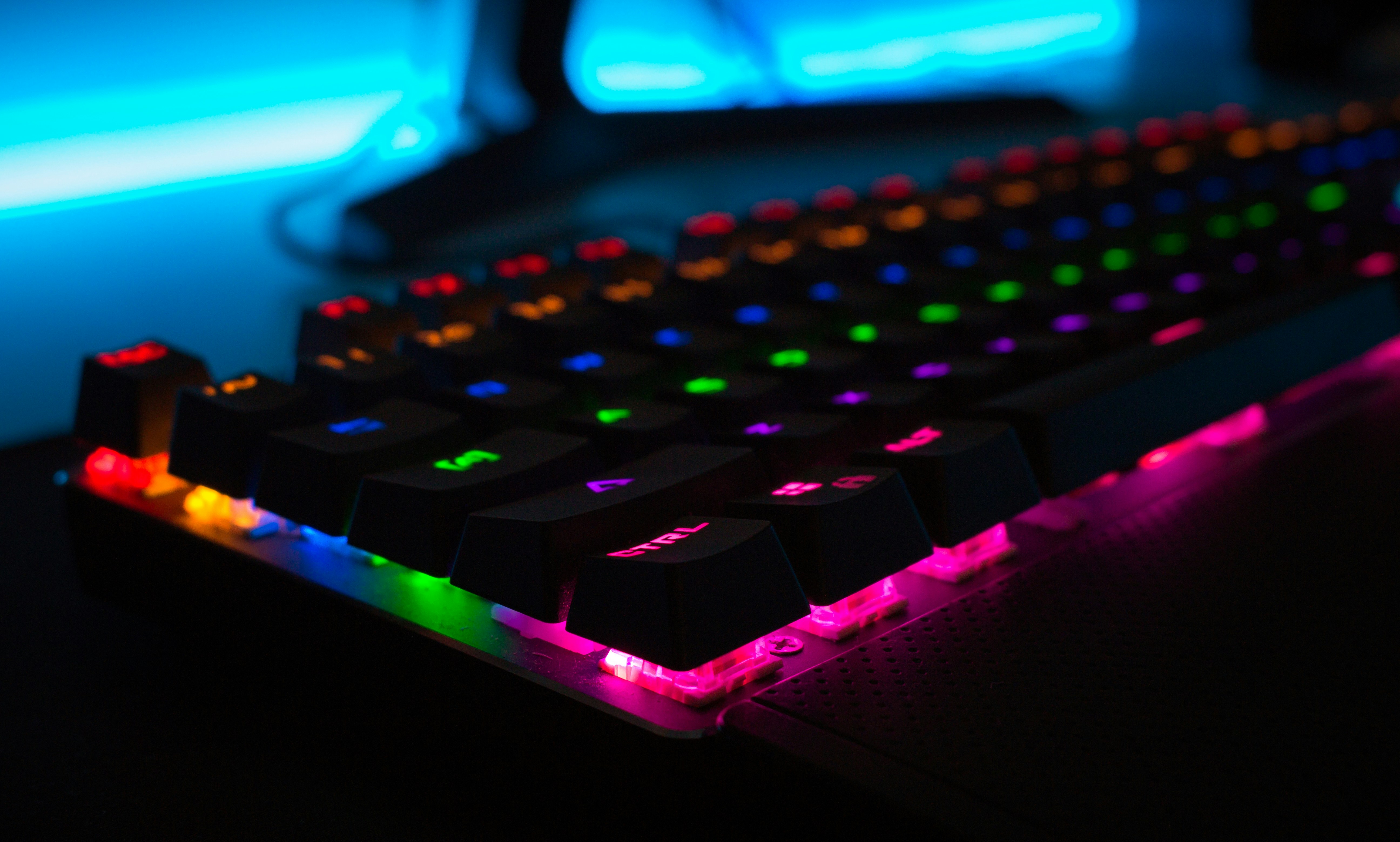Sea of Thieves developers have opened up about the significant technical challenges involved in upgrading the game’s codebase from C++14 to C++20, revealing the complex tradeoffs between modernizing legacy code and maintaining regular content updates. This discussion isn’t merely academic – it’s a genuine concern facing any aging live-service game that wants to leverage modern programming language features while managing the risk of introducing bugs into millions of players’ gameplay experiences.
Why Upgrade From C++14 to C++20?
C++14 is over a decade old at this point. While still functional, newer C++ standards like C++20 offer modern features that can improve code efficiency, safety, and maintainability. C++20 introduces concepts, modules, ranges, and improved concurrency libraries that represent significant progress in the language’s evolution. For Sea of Thieves’ development team, upgrading would potentially unlock performance optimizations and code quality improvements that could benefit both current and future development.
The performance improvements alone are compelling. Sea of Thieves is an expansive open-world multiplayer game where frame rate stability and server responsiveness directly impact player experience. Modern C++ features can enable more efficient code that consumes fewer CPU resources, potentially reducing those frustrating frame rate drops that plague open water exploration and large-scale encounters.
The Risks of Modernization
However, upgrading an active live-service game’s codebase isn’t simple. Sea of Thieves has been in development for years with millions of lines of code spanning countless systems – ship physics, weather simulation, treasure generation, combat mechanics, player progression, and more. Every one of those systems was written with C++14 in mind. Upgrading the language version introduces risk that previously working code might behave differently or encounter unforeseen compatibility issues.
The risk manifests in multiple ways. Third-party libraries might not support C++20 yet, requiring developer time to update or replace dependencies. Compiler behaviors might differ between C++14 and C++20, causing subtle bugs that only appear in specific edge cases. Existing code patterns that work fine in C++14 might generate warnings or require refactoring to comply with C++20 standards. For a game that can’t afford extended downtime or major bugs, these risks are genuinely concerning.
The Opportunity Cost
Beyond technical risk sits the opportunity cost. Any development resources spent on infrastructure upgrades are resources not spent on new content, features, or bug fixes that directly improve player experience. Sea of Thieves has a committed player base that prioritizes meaningful content updates over invisible technical improvements. Developers upgrading the C++ version can’t simultaneously work on new seasonal content, bug fixes, or quality-of-life improvements.
This creates a genuine management dilemma: invest developer time in modernizing the codebase for long-term benefits, or keep iterating on current C++14 to deliver immediate content for players? Different developers and studios make different choices, and there’s no objectively correct answer. Some studios might view the C++20 upgrade as essential for longevity. Others might decide maintaining the status quo while delivering content provides better player value.
Rare’s Current Approach
Based on recent developer updates and the continued content cadence of Sea of Thieves, it appears Rare is currently prioritizing regular content updates over major infrastructure modernization. Recent patches have focused on game stability, performance optimization, cheating prevention, and feature improvements like weapon switching polish and audio enhancements. These practical improvements directly impact day-to-day gameplay.
That doesn’t mean C++ modernization won’t happen eventually. It simply means Rare is balancing technical debt management with player satisfaction, a calculation that many long-running live-service games face. As Sea of Thieves continues evolving and potentially moves to new platforms or hardware, the case for modernization might become more compelling.
Performance Optimization Without Major Upgrades
Interestingly, Rare has been successfully improving performance without jumping to C++20. November 2025 updates included system-level CPU optimizations that reduce frame rate drops across the entire experience. Multi-threading improvements and targeted optimizations to specific systems demonstrate that developers can eke significant gains from the existing codebase with surgical improvements rather than wholesale rewrites.
This pragmatic approach suggests Rare understands the risk-reward calculation. Rather than risk destabilizing the entire game through a massive language upgrade, they’re identifying specific performance bottlenecks and addressing them surgically. It’s slower progress than a full rewrite might offer, but it’s safer and allows continued content delivery.
The Live Service Dilemma
This conversation about C++14 versus C++20 encapsulates a broader challenge in modern game development. Live-service games exist in a perpetual present tense, constantly delivering content to millions of active players. Behind the scenes, developers manage legacy technical debt accumulated over years of continuous development. Infrastructure upgrades that would benefit the codebase for years require taking resources away from the content pipeline.
Players rarely understand or appreciate infrastructure improvements. They can’t see optimized code or appreciate faster compile times. They notice new cosmetics, fresh gameplay features, and balance improvements. This creates pressure to avoid “invisible” work, even when that work would provide long-term benefits. It’s one reason why games eventually reach end-of-life or need complete rewrites – the technical debt accumulates faster than it can be addressed while maintaining content velocity.
Looking Toward the Future
Sea of Thieves’ continued presence on new platforms like PlayStation 5 and the anticipated release on Nintendo Switch 2 suggests Rare is thinking about longevity. Modernizing the codebase becomes more strategically important as the game expands to new hardware with different performance characteristics. A major C++ upgrade might eventually become necessary to optimize for next-generation platforms efficiently.
For now, Rare appears content to manage technical debt incrementally while delivering consistent content updates that keep players engaged. Whether this approach remains viable long-term or whether Sea of Thieves eventually requires a major architectural refresh remains an open question.
FAQs
What is the difference between C++14 and C++20?
C++20 is a newer C++ standard with improved features for performance, safety, and code quality. It includes concepts, modules, ranges, and better concurrency support compared to C++14.
Why would Sea of Thieves upgrade?
Upgrading could enable performance optimizations, improve code maintainability, and leverage modern C++ features that might reduce frame rate drops and improve game stability.
What are the risks of upgrading?
Risks include incompatibilities with existing code, third-party library compatibility issues, potential bugs from compiler behavior differences, and resource allocation away from content development.
Is Rare planning a C++20 upgrade?
Rare has not officially announced plans for a C++20 upgrade. They currently prioritize targeted performance improvements and content updates over major infrastructure changes.
Why not just upgrade immediately?
Live-service games prioritize player experience and content delivery. Major upgrades consume developer resources that could otherwise produce new content, making the tradeoff risky.
How old is C++14?
C++14 was standardized in 2014, making it over a decade old. C++20 represents significant progress in the language’s evolution.
Does Sea of Thieves have performance issues?
Sea of Thieves has occasional frame rate drops, particularly during large-scale encounters or intensive graphical moments. Recent updates have focused on addressing these issues.
Could C++20 fix performance problems?
C++20 features could potentially enable more efficient code and better optimizations, but upgrading carries significant risk and requires extensive testing.
What is technical debt?
Technical debt refers to the accumulation of shortcuts and outdated code that accumulate during rapid development. It must eventually be addressed, but doing so consumes development resources.
Will Sea of Thieves eventually need a complete rewrite?
If technical debt continues accumulating faster than it’s addressed, the game might eventually require major architectural changes or a sequel to escape the limitations of aging code.
Conclusion
The discussion about upgrading Sea of Thieves from C++14 to C++20 reveals the genuine technical and organizational challenges facing long-running live-service games. While modernizing the codebase offers real benefits in performance and maintainability, the risks and resource costs create a complex decision matrix. Rare’s current approach of targeted performance optimization while delivering consistent content represents a pragmatic middle ground – addressing the most pressing technical issues without attempting the risky wholesale overhaul of a multi-million-line codebase. Whether this strategy remains viable as Sea of Thieves expands to new platforms and accumulates more technical debt remains an open question. For now, players get new content and stability improvements, while behind the scenes developers balance innovation with risk management in the eternal live-service juggling act.


